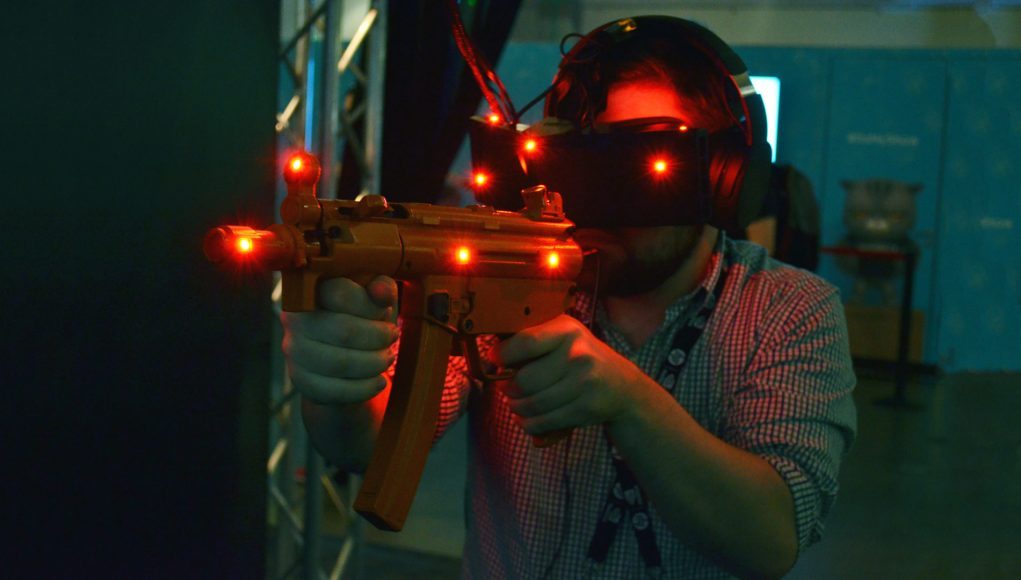StarVR is a VR headset in development by Starbreeze Studios which aims to excel in two places: field of view and resolution; presently offering a whopping 210 degree field of view and 5120×1440 resolution. The latest version of the still in-development headset adds low-persistence to keep the image sharp even during head movement, better emphasizing the impressive pixel density which makes for a nearly invisible screen door effect.
Starbreeze’s goal with StarVR is to create a premium VR headset to sell into businesses wanting to deliver a premium VR experience to customers. The company already has some of its headsets operating inside the first IMAX VR Centre, a virtual reality arcade initiative headed by IMAX. That said, the headset is still under active development, and the company is still calling the latest version a development kit.
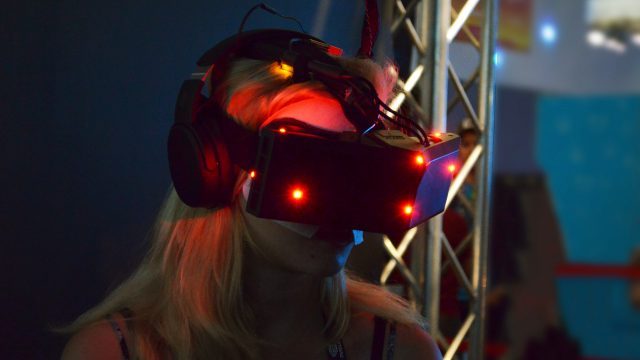
The StarVR headset initially launched at E3 2015, and while the field of view was certainly impressive, there was clearly a lot of work done to make the complex optics less visible and create an image that didn’t feel distorted. Since then, the company has made major strides in visuals and form-factor, which has turned the headset into something very promising.
At VRLA 2017 last week, I got to check out the very latest version of the StarVR headset and once again experience what I previously called “field of view envy;” after using this thing, you just don’t want to go back to the binocular-like feeling of ~100 degree headsets.

This time, things looked even better, thanks to continued form-factor refinements, a low-persistence display, and special content that can truly take advantage of all those pixels.
Low-persistence for Sharper Virtual Views
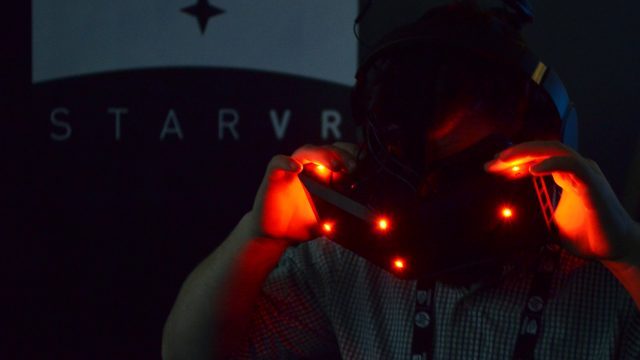
Let’s start with low-persistence. This is a display technique which greatly reduces blur which is otherwise caused by pixels on the screen staying lit for the entire time from one frame to the next (called full-persistence). With low-persistence, the pixels on the display are lit for only a fraction of the frame and then made dark until the next frame is ready to display.
Now you can imagine that this might cause a strobing effect as the display lights up and then goes dark between every frame, but actually if you can do this fast enough, it’s impossible to see. In fact, every major headset available on the market today already uses low-persistence. It’s an essential technique for keeping the image in the headset sharp as users pan their head around the virtual world.
Now that StarVR has implemented the technique, the fidelity of the image from a motion-blur standpoint comes in line with other headsets out there like the Vive and Rift. Granted, the current display is only running at 62Hz which is slightly faster than Gear VR, but slower than the 90Hz of the high-end desktop headsets, which means certain people sensitive to flicker might notice it. A major bump to the display’s refresh is in the works, but more on that another time.
Lighter Than it Looks
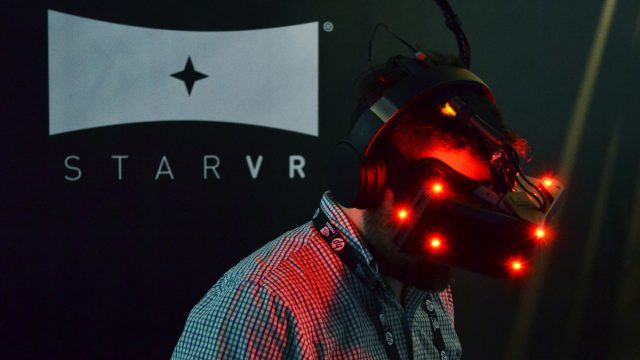
In addition to low-persistence, the form factor continues to see refinement. Gone is the bulky head-mount that was seen in the early iterations of the headset; despite the large dual displays, the headset is light enough for a simple flexible strap.
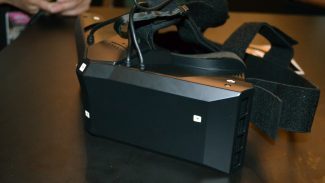
I only had the headset on for around 10 minutes continuously so it’s tough to say what the long-term comfort factor is like at this stage, but in my time with it I didn’t feel unreasonably encumbered by the weight.
That said, Rift, PSVR, and Vive have all shown that there’s benefits to be had from a smartly designed rigid strap system, so hopefully we’ll see that revisited on StarVR in the future.

